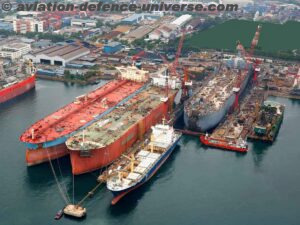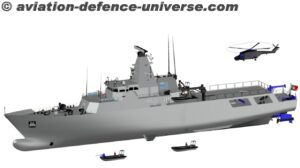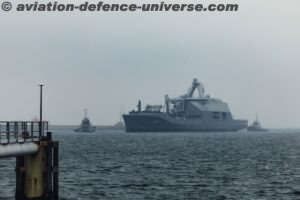New Delhi. 22 December 2020. The US DOD has awarded Boeing Co., St. Louis, Missouri, a $29,396,312 firm-fixed-price, order (N00019-21-F-0038) against previously issued basic ordering agreement N00019-16-G-0001. This order procures various parts and quantities for main and nose landing gear critical components retrofit kits in support of F/A-18A-D aircraft modification efforts.
Work will be performed in St. Louis, Missouri, and is expected to be completed in February 2024. Fiscal 2020 aircraft procurement (Navy) funds in the amount of $19,675,745; and fiscal 2019 aircraft procurement (Navy) funds in the amount of $9,720,567 will be obligated at time of award, of which $9,720,567 will expire at the end of the current fiscal year. The Naval Air Systems Command, Patuxent River, Maryland, is the contracting activity.
The Super Hornet entered fleet service with the U.S. Navy in 1999. It achieved initial operating capability (IOC) in September 2001 with the U.S. Navy’s Strike Fighter Squadron 115 (VFA-115) at Naval Air Station Lemoore, California. VFA-115 was also the first unit to take their F/A-18 Super Hornets into combat. On 6 November 2002, two F/A-18Es conducted a “Response Option” strike in support of Operation Southern Watch on two surface-to-air missile launchers at Al Kut, Iraq and an air defense command and control bunker at Tallil air base. One of the pilots dropped 2,000 lb (910 kg) JDAM bombs from the Super Hornet for the first time during combat.
In support of Operation Iraqi Freedom (Iraq War), VFA-14, VFA-41 and VFA-115 flew close air support, strike, escort, SEAD and aerial refuelling sorties. Two F/A-18Es from VFA-14 and two F/A-18Fs from VFA-41 were forward deployed to the Abraham Lincoln. The VFA-14 aircraft flew mostly as aerial refuelers and the VFA-41 fighters as Forward Air Controller (Airborne) or FAC(A)s. On 6 April 2005, VFA-154 and VFA-147 (the latter squadron then still operating F/A-18Cs) dropped two 500-pound (230 kg) laser-guided bombs on an enemy insurgent location east of Baghdad.
































































































































